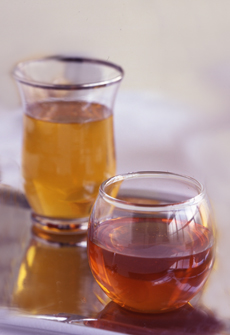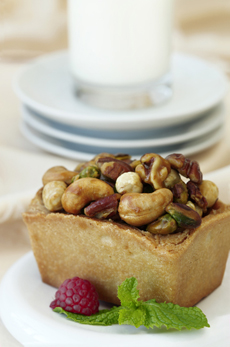|
To quote Al Jolson,* “You ain’t seen nothing yet.”
John & Kira’s makes the best chocolate cherry bonbons.
Even if you don’t think they’re better, they’re as good as the artisan chocolate cherries you currently enjoy. For example, we’re also quite fond of chocolate cherry bonbons filled with real kirschwasser (cherry eau de vie), but they’re hard to find in the U.S.
And neither they, nor any other chocolate cherry, is as beautiful as John & Kira’s hand-colored bonbons.
These are not the conventional cherry cordial—a maraschino cherry wrapped in fondant (that turns into a drippy sugar syrup) and enrobed in chocolate.
Instead, the center is a 62% Valrhona dark chocolate ganache, mixed with dried tart cherries and a hint of brandy.
Beautifully gift-boxed, you can place your gift order at JohnAndKiras.com.
|




